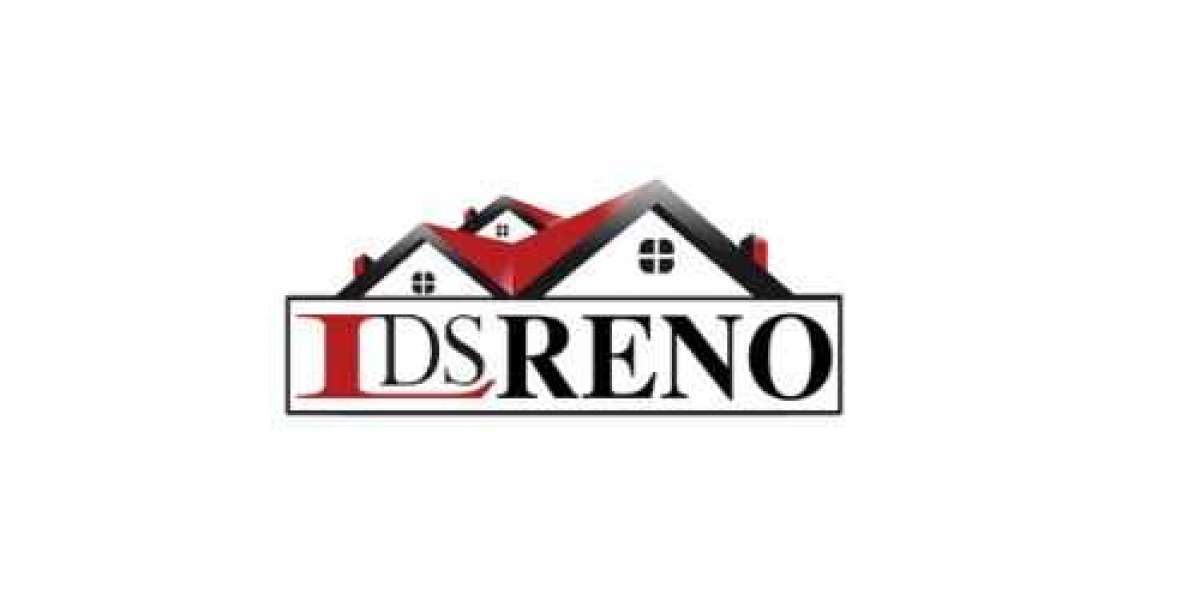Designing modern office furniture for innovation involves creating an environment that fosters creativity, collaboration, and flexibility. The furniture should support various work styles and encourage interaction among employees. Here are key principles and strategies to consider:
1. Flexibility and Adaptability
Modular Furniture:
- Moveable Desks and Tables: Desks and tables that can be easily reconfigured to suit different tasks and team sizes, such as modular desks that can be combined or separated as needed.
- Partition Systems: Use movable partitions to create temporary spaces for group work or private focus areas, allowing the office layout to adapt to changing needs.
- Multi-Functional Furniture: Pieces that serve multiple purposes, such as desks that also provide storage, or seating that includes power outlets and USB ports.
Adaptive Workspaces:
- Hot Desking: Implement a system where employees do not have assigned desks but can choose where to sit each day, promoting interaction across departments and flexibility in seating arrangements.
- Flexible Meeting Spaces: Create areas that can quickly switch from small meeting rooms to larger collaborative spaces using movable walls or furniture.
2. Ergonomics and Comfort
Ergonomic Furniture:
- Adjustable Seating: Chairs with adjustable height, lumbar support, and armrests to ensure comfort and proper posture for all users.
- Sit-Stand Desks: Desks that can be easily adjusted for sitting or standing to promote movement and reduce fatigue during long work hours.
- Ergonomic Accessories: Include items like footrests, monitor arms, and keyboard trays to support ergonomic setups and reduce strain.
Comfort Elements:
- Soft Seating Areas: Provide lounge-style seating for informal meetings or individual work, creating a comfortable and inviting environment.
- Acoustic Solutions: Use sound-absorbing materials and design elements to reduce noise and create a more comfortable and focused workspace.
3. Technology Integration
Smart Furniture:
- Integrated Charging Solutions: Desks and tables with built-in wireless chargers, USB ports, and power outlets to support various devices.
- Tech-Enhanced Meeting Rooms: Equip meeting spaces with large screens, video conferencing tools, and interactive whiteboards to facilitate seamless collaboration between in-office and remote employees.
Support for Personal Devices:
- Universal Docking Stations: Allow employees to easily connect their laptops and mobile devices, ensuring a smooth transition between home and office workspaces.
- Cable Management: Design desks and tables with built-in cable management to keep workspaces tidy and organized.
4. Collaboration and Social Interaction
Collaborative Spaces:
- Open Plan Areas: Design open spaces with flexible seating to encourage spontaneous discussions and collaboration among employees.
- Team Hubs: Create dedicated areas for teams to work together, equipped with writable walls, large tables, and ample seating to support brainstorming and group work.
Breakout Spaces:
- Informal Meeting Areas: Provide comfortable, informal spaces for quick meetings or brainstorming sessions, such as couches or lounge chairs.
- Social Zones: Designate areas for relaxation and socializing, such as coffee bars or game rooms, to foster community and enhance employee well-being.
5. Aesthetics and Environment
Inspiring Design:
- Bold Colors and Unique Designs: Use color and innovative design elements to create a stimulating environment that inspires creativity and innovation.
- Artwork and Murals: Incorporate artwork and murals that reflect the company’s culture and values, adding visual interest and personalization to the space.
Biophilic Elements:
- Natural Materials: Use wood, stone, and other natural materials to create a warm, inviting atmosphere.
- Greenery: Include plants and living walls to improve air quality and create a calming environment, enhancing overall employee well-being.
6. Sustainability
Eco-Friendly Materials:
- Recycled and Recyclable Materials: Use furniture made from sustainable materials that can be easily recycled, supporting the company’s environmental goals.
- Low-VOC Finishes: Choose finishes and materials that emit low levels of volatile organic compounds (VOCs) to improve indoor air quality.
Energy Efficiency:
- Smart Lighting: Implement energy-efficient lighting systems that adjust based on natural light and occupancy, reducing energy consumption.
- Sustainable Practices: Encourage sustainable practices within the office, such as recycling programs and energy-saving initiatives, to create a greener workplace.
Implementation Tips
- Employee Involvement: Engage employees in the design process to ensure the furniture meets their needs and preferences, fostering a sense of ownership and satisfaction.
- Pilot Testing: Test new furniture and layouts with a small group before rolling out company-wide to gather feedback and make necessary adjustments.
- Continuous Improvement: Regularly seek feedback and make adjustments to keep the workspace aligned with evolving needs and technologies, ensuring the office environment remains dynamic and innovative.
By incorporating these principles, you can design modern office furniture that supports innovation, enhances productivity, and creates a dynamic and engaging workplace.



